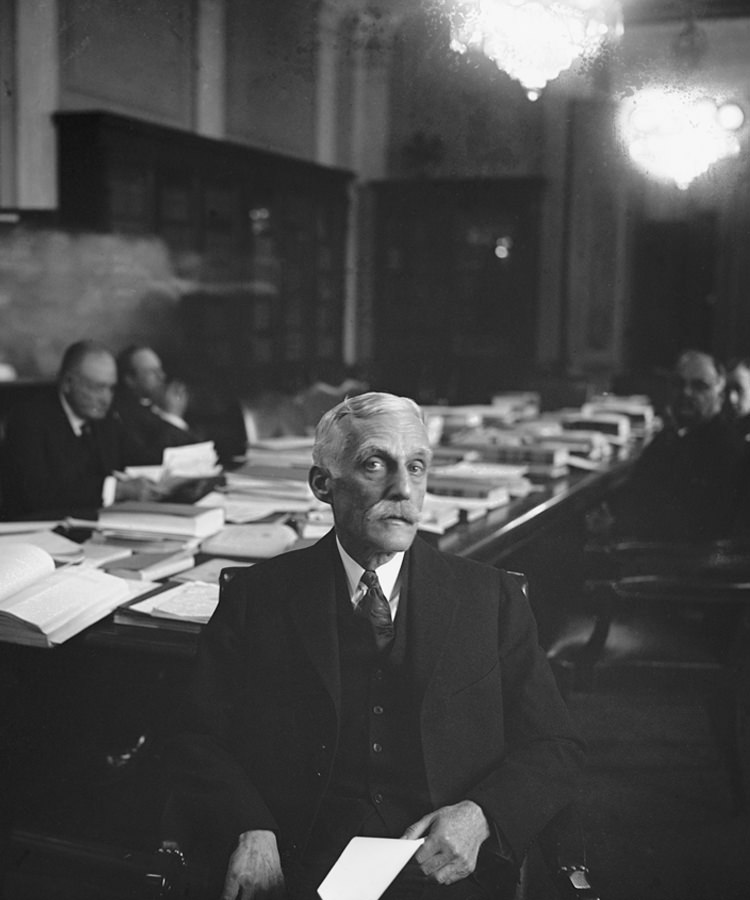The Reconstruction period of the United States immediately after the Civil War was the country’s attempt at a reset. Slavery was abolished, former slaves were made citizens, and black men were able to vote for the first time in the country’s history. But Reconstruction was also plagued by corruption that aided in the ultimate failure of righting the country’s wrongs. And whiskey was at the center of that corruption.
In the late 1860s and early 1870s, liberal Republicans in Missouri formed what became known as the Whiskey Ring. They bribed government officials and record keepers to underreport the amount of whiskey made at every level of production, allowing them to avoid exorbitantly high whiskey taxes. Some of that money would flow to the political machine and members of government.
It started as a relatively local scandal that existed solely on a statewide scale. An editor at the St. Louis Democrat named Myron Colony was the first to expose the Whiskey Ring. He obtained original numbers from distilleries and then compared them to the official numbers reported to the government. President Ulysses S. Grant was appalled and stated that no guilty man involved in the scheme should escape prosecution.
Don't Miss A Drop
Get the latest in beer, wine, and cocktail culture sent straight to your inbox.But by 1875, it was clear that the guilt went all the way up to Grant’s closest advisers. Secretary of the Treasury Benjamin Bristow revealed that Grant’s private secretary had received bribes. Then it was leaked that Grant’s Secretary of War also received bribes. Despite Grant’s assurances of prosecution against the corrupt government members, he swore his secretary was innocent and pushed the court to find him not guilty.
It was this tangible corruption by the Republican Party, visible to the public first hand, that was leading Reconstruction — the same party involved in previous bribery scandals like the one involving the Union Pacific Railroad, and a scandal about fixed gold prices.
“The [Whiskey Ring] story received immediate attention from across the country,” the Stanford University journalism blog writes, “and helped to usher in the end of Reconstruction following the 1876 election.”
The total weight of the scandals brought down the Republicans in power, and therefore Reconstruction, Eric Foner, the premier Reconstruction historian, author of “Reconstruction: America’s Unfinished Revolution, 1863-1877,” and a professor at Columbia University, tells me. The Whiskey Ring scandal “reinforced the idea that corruption was rife in the federal government and, by extension, the Reconstruction South,” Foner tells me via email.
Reconstruction ended far too soon to heal the wounds of the nation. Around 4 million former slaves were left with nothing after Reconstruction ended, and many basic human rights were still ignored. It wasn’t until the Civil Rights movement in the 1960s that the mantle of Reconstruction was picked back up.
To this day, Reconstruction-era problems persist. The Supreme Court ruled that North Carolina’s voting laws were unconstitutional in 2017 for making it harder for black people in the state to vote. It’s impossible to know what the country would have been like had Reconstruction run its full course. Government corruption spoiled any chance of Reconstruction working, and part of the reason it failed leads back to whiskey.
